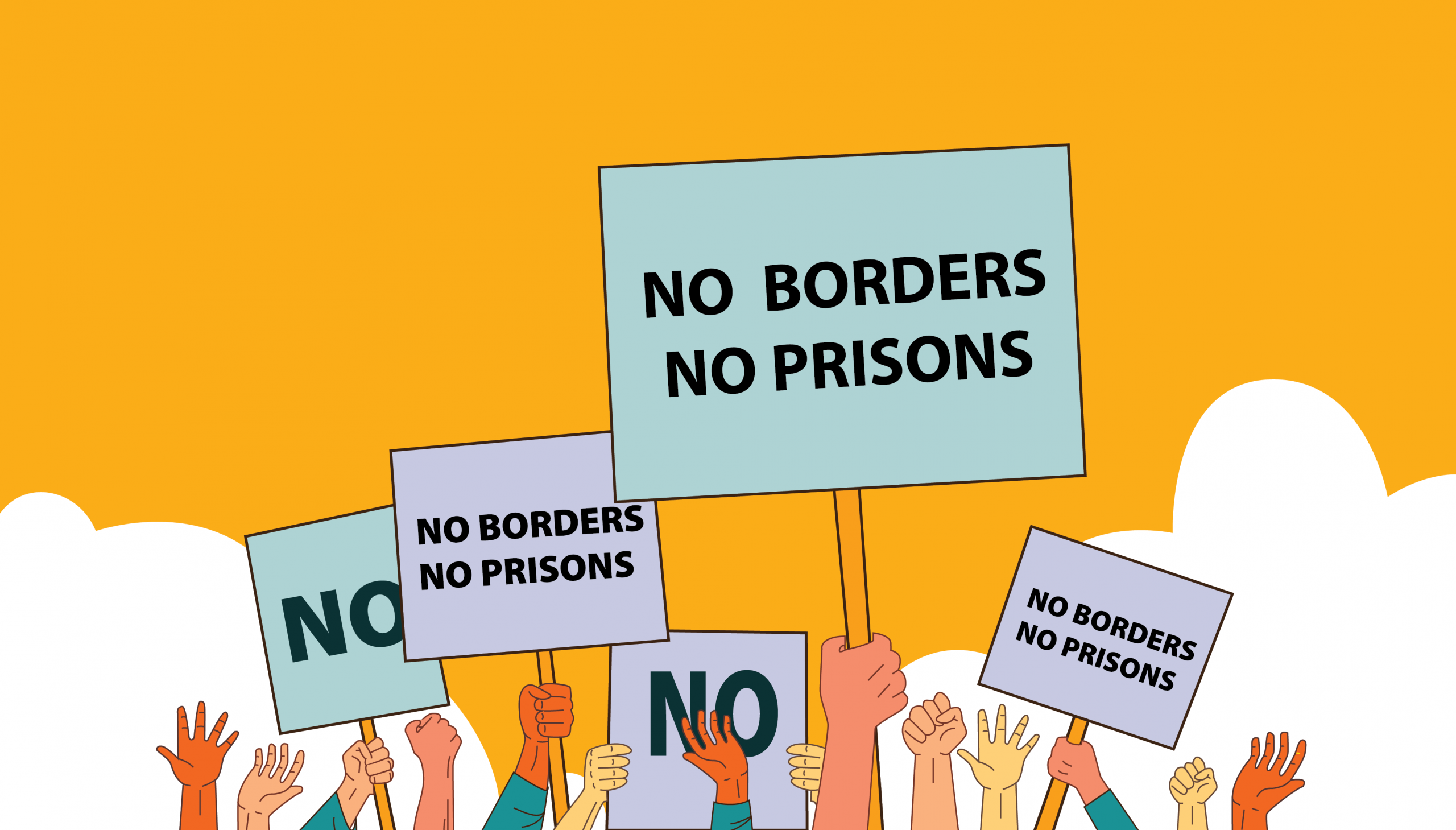“These people are not at all dangerous in any way. None of the people who are at the detention centre have any criminal record.” – Richard Renshaw, a Roman Catholic priest who regularly visits migrants in detention centres.
There have been several events and protests at Concordia University, and in Montreal, over the past couple of years over concerns about asylum seekers in migrant detention centres in Canada.
In 2016, the federal government released its plan to replace the current migrant detention centres across the country through their National Immigration Detention Framework. The government allocated up to $138 million to transform the immigration detention system in Canada.
“The Government of Canada is committed to exercising its responsibility for detentions to the highest possible standards, with physical and mental health and well-being of detainees, as well as the safety and security of Canadians as the primary considerations,” said Ralph Goodale, Minister of Public Safety and Emergency Preparedness in a public statement.
Richard Renshaw, a Roman Catholic priest who pays friendly visits to migrants in detention centres, said recent protests started in 2011. “In a number of detention centres, there was a hunger strike of the people inside, refugees that were being held there, because of the conditions,” he said.
The latest event was an information session held on Nov. 20 at the Quebec Public Interest Research Group at Concordia, hosted by QPIRG McGill and Solidarity Across Borders, a migrant justice organization based in Montreal.
“The men and women are separated, and usually the children are kept with the women,” said Renshaw. “They can see each other during visiting hours.”
Renshaw explained that in some cases when Canada tries to negotiate with the country of origin of asylum seekers to return them, the negotiation could take years – so they must stay in the detention centres or prisons until it is resolved.
But some said building new detention centres would not be enough to fix the situation- there needs to be systemic change.
SAB and other grassroots groups have been fighting the construction of the replacement migrant detention centre in Laval since 2016. The movement demands the construction to stop and for “Canada to cease using detention to control and limit the movement of migrants.”
There are now three official migrant detention centres in the nation, one in Toronto, Vancouver, and Laval. According to data found on the government of Canada website, Quebec sees the most asylum claims in the country; 97 per cent this year so far. In provinces and cities that do not have a migrant detention centre, migrants are placed in jail.
“A third of the people who get sent to detention end up in actual prisons,” said Renshaw.
Renshaw said the main reasons people are detained is because the border agent who processes them feels they might not show up to their upcoming hearing, or because they are unsure about their background or their identity. If there is any hesitation, they are put into detention.
According to data gathered by the government of Canada, this year, between January and October, 97 per cent of asylum seekers have entered through Quebec, totaling 13,372 people so far.
The Laval Immigration Holding Centre (LIHC) has a capacity of 109 people, and according to Stop the Prison, the new one that will be replacing the LIHC will have a total capacity of 158. Canada Border Services Agency (CBSA) said at any given time there is an average of 450 to 500 individuals detained under the Immigration and Refugee Protection Act.
Renshaw said the LIHC will be run as a medium-security prison, as that is the standard that the CBSA uses.
“They can be there for three or four days while they work things out, or they can be there for a month, or a year, or five years – there’s no limit,” said Renshaw.
Only the people who are detained or work at the centres see the inside. Visitors are allowed in the visitation room and nowhere else.
“They’ve told me that they have rooms where there are four or five in the same room, and they have meals which are standard, rather unspiced bland food,” said Renshaw. “These people are not at all dangerous in any way. None of the people who are at the detention centre have any criminal record.”
Renshaw said protesters believe the system is ““retraumatizing traumatized people, for no particular benefit to society. They could be out working, and getting integrated into the society they’ve come to and want to be a part of.”
Graphic by Victoria Blair




